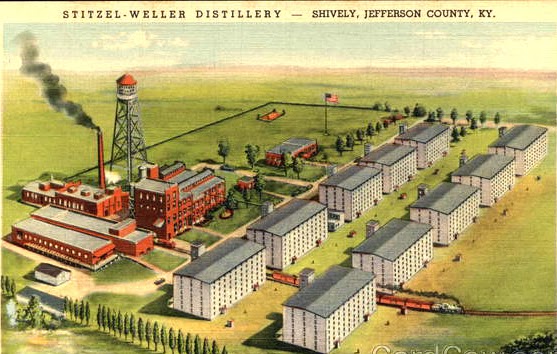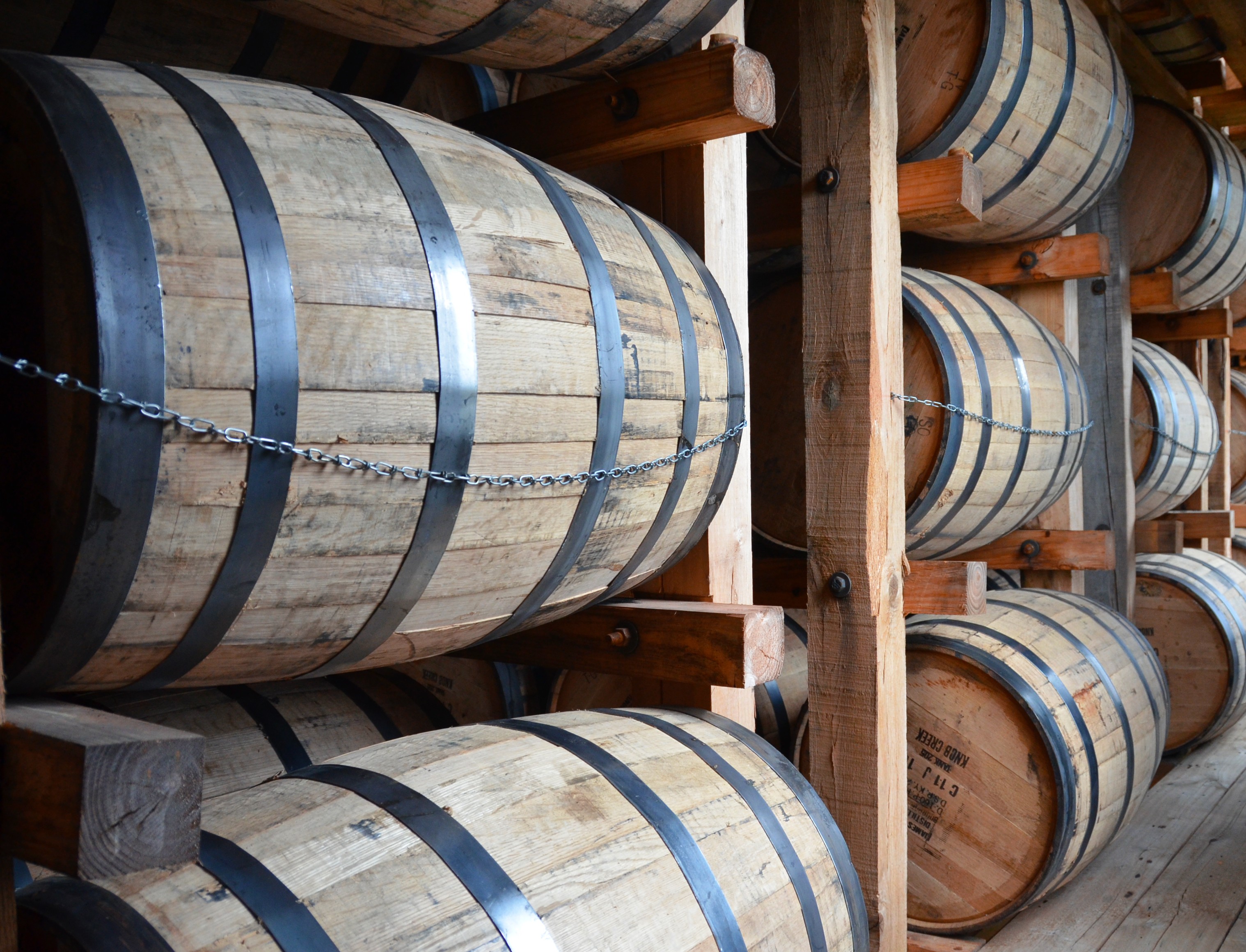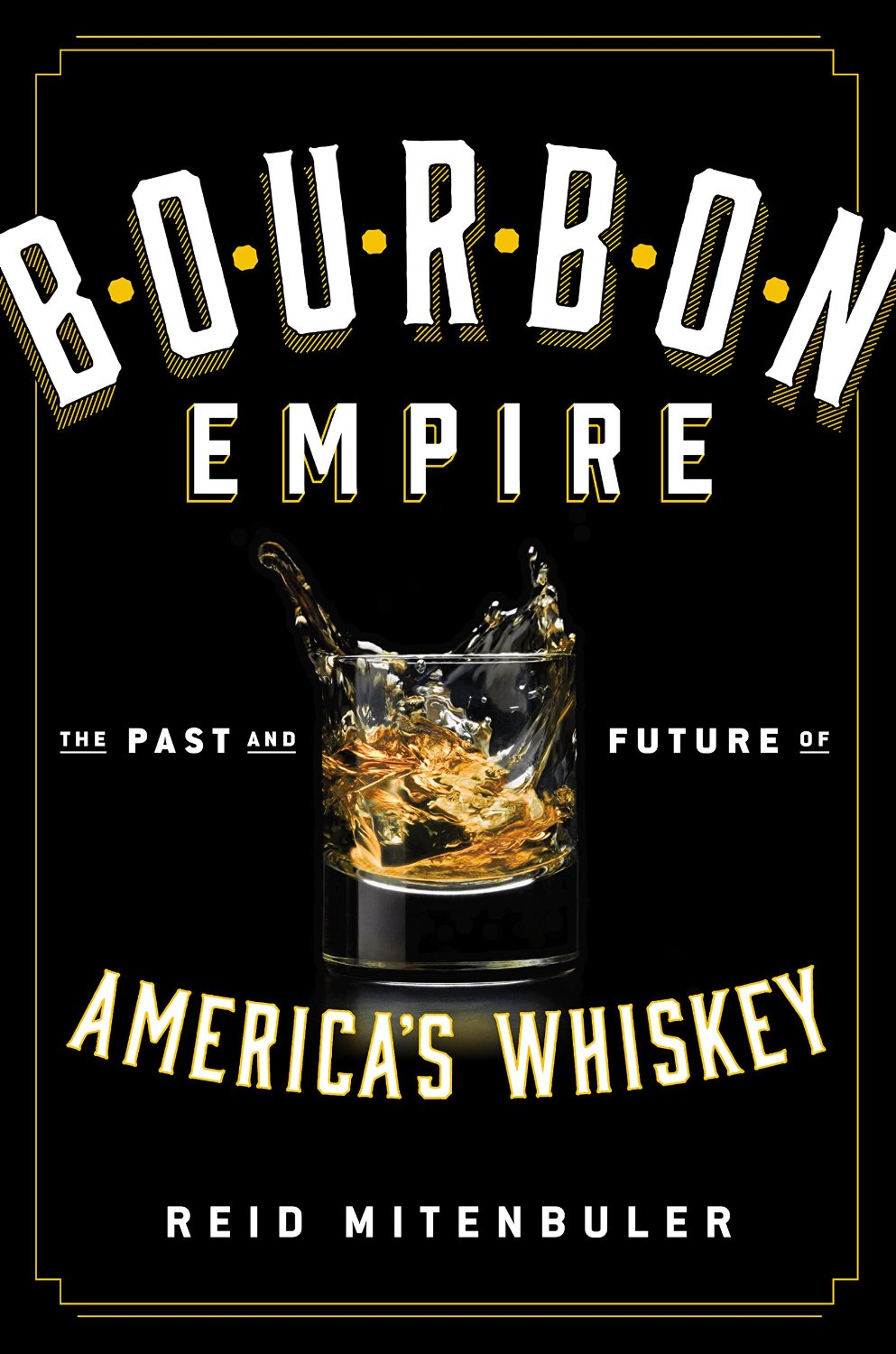By Reid Mitenbuler (Guest Contributor)
In 1964, Congress passed a resolution declaring bourbon whiskey “a distinctive product of the United States.” The legislation was rather boring, a simple act of trade protectionism that prevented foreigners from making a similar product and calling it by the same name. It basically meant that U.S. producers of this whiskey style, which was invented here, would have fewer competitors.
Nevertheless, the  marketing departments of booze companies decided to use the legislation to their advantage. They reimagined it as a loving tribute bestowed by lawmakers upon a humble drink embodying great American virtues, the same qualities found enshrined in the frontier iconography on so many bourbon labels. The dry language “a distinctive product of the United States” was upgraded to “America’s Native Spirit”—a misquote, but a spiffy one—and bourbon eventually ended up in the canon of American greats, alongside baseball and apple pie. It was mythmaking at its best: transforming a dull kernel of truth into something magical.
marketing departments of booze companies decided to use the legislation to their advantage. They reimagined it as a loving tribute bestowed by lawmakers upon a humble drink embodying great American virtues, the same qualities found enshrined in the frontier iconography on so many bourbon labels. The dry language “a distinctive product of the United States” was upgraded to “America’s Native Spirit”—a misquote, but a spiffy one—and bourbon eventually ended up in the canon of American greats, alongside baseball and apple pie. It was mythmaking at its best: transforming a dull kernel of truth into something magical.
But what is really meant by “America’s Native Spirit?” How does this embody the nation? I constantly asked these questions while writing Bourbon Empire: The Past and Future of America’s Whiskey. The history of America’s whiskey industry is America’s larger history on a condensed scale: the frontier colony of an empire that eventually evolved into its own global empire. During the Whiskey Rebellion of 1794, the spirit represented the dueling ideologies of Alexander Hamilton and Thomas Jefferson to define the soul of American business. During the Gilded Age, it was one of the most corrupt industries in the nation, mirroring the excesses of its time.
In the twentieth century, the industry was pursued relentlessly by a Justice Department suspicious of monopolization, making the whiskey trade a perfect microcosm of the many American industries funneling their power into the hands of a few. It’s a good thing it had hired Madison Avenue to put the picture in soft focus.
“America’s Native Spirit” boils down to capitalism: a word beautiful to some and dirty to others. The tale isn’t black or white, but gray. It is both enchanting and exasperating.
 The evolution of bourbon’s recipe is a tale of innovation and ingenuity: frontiersmen converting leftover grains into a valuable product they could trade; learning to age it in wooden barrels made it more valuable and tasty. But the people behind it were both craftsmen and criminals: some were focused on refining an art form while others made swill adulterated with poisons and marketed with lies. In any case, the crimes helped spur landmark reform regulations, such as the 1906 Pure Food and Drug Act.
The evolution of bourbon’s recipe is a tale of innovation and ingenuity: frontiersmen converting leftover grains into a valuable product they could trade; learning to age it in wooden barrels made it more valuable and tasty. But the people behind it were both craftsmen and criminals: some were focused on refining an art form while others made swill adulterated with poisons and marketed with lies. In any case, the crimes helped spur landmark reform regulations, such as the 1906 Pure Food and Drug Act.
The history of American whiskey is one of those great stories with an angel on one shoulder and a devil on the other. Even the 1964 resolution was product of a man with a mixed record: Lewis Rosenstiel, a corporate titan who at one point owned a majority of all the aged whiskey in the country. He got his start in organized crime during Prohibition—indicted, although never convicted—but later went legitimate and donated over $100 million to charity, stopping along the way to lobby Congress for legislation that would help him become one of the richest men in the country.
But that was before Rosenstiel lost his business in a hostile corporate takeover. Nevertheless, stories like Rosenstiel’s illuminate the term “America’s Native Spirit” and give life to all the mythic labels on the bottles: a multibillion-dollar industry built around a commodity able to both enchant and intoxicate. The story of a nation, for better and for worse.
 Reid Mitenbuler is the author of Bourbon Empire: The Past and Future of America’s Whiskey and his writing has appeared in The Atlantic, Slate, Salon, and Whisky Advocate, among other publications. He lives in Brooklyn
Reid Mitenbuler is the author of Bourbon Empire: The Past and Future of America’s Whiskey and his writing has appeared in The Atlantic, Slate, Salon, and Whisky Advocate, among other publications. He lives in Brooklyn
